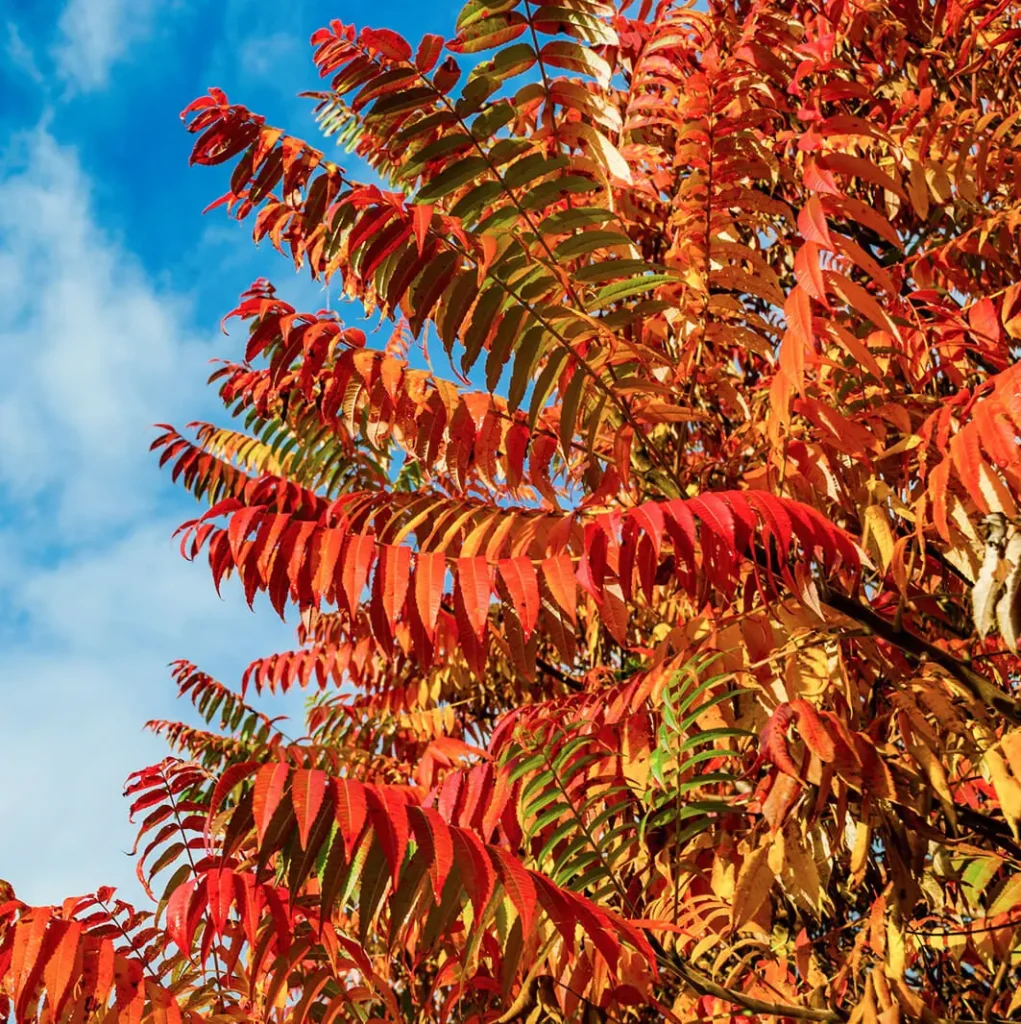Landscaping Ideas
Flameleaf Sumac
By Innovation Grounds
Flameleaf Sumac (Rhus lanceolata) is a deciduous shrub or small tree that is native to parts of North America. It’s a popular choice in landscaping because of its vibrant fall color, attractive form, and ability to grow in poor soils.
General Description
- Scientific Name: Rhus lanceolata
- Common Names: Flameleaf Sumac, Western Sumac, Dwarf Sumac
- Family: Anacardiaceae (the cashew family)
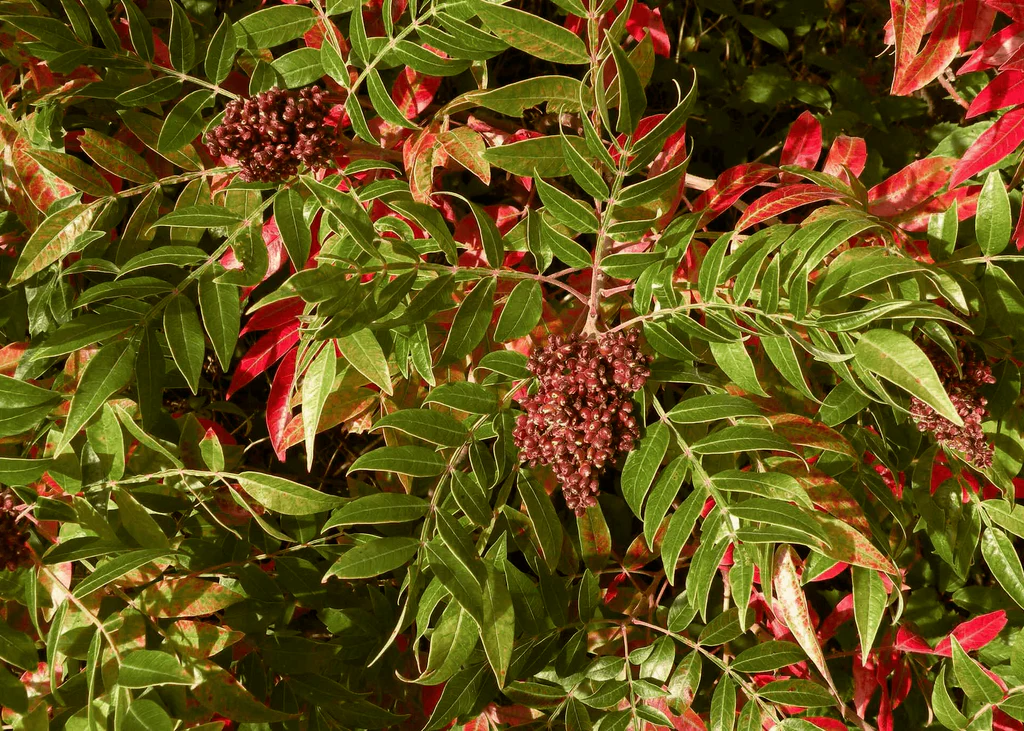
Habitat and Growing Conditions
- Hardiness Zones: USDA Zones 6-10 (tolerant of both hot summers and cold winters)
- Sunlight: Full sun to partial shade.
- Soil: Prefers well-drained soil, but it can tolerate poor or rocky soils. It’s drought-tolerant once established.
- Watering: It is drought-tolerant but will perform better with moderate watering, especially in its early years of growth.
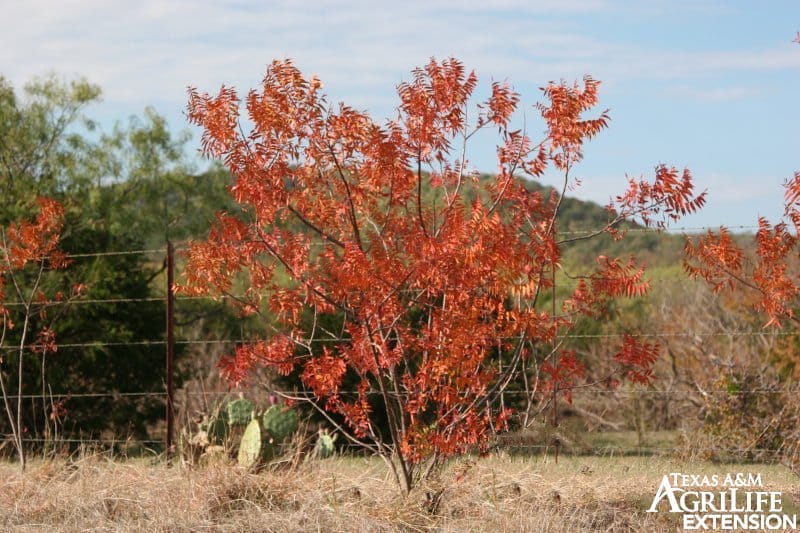
Uses
- Landscaping: Flameleaf sumac is often used for its vibrant fall colors, low maintenance, and ability to attract wildlife. It can be planted as a hedge, a specimen plant, or in naturalized settings.
- Wildlife: Its berries provide food for birds and mammals. It’s also a good plant for supporting pollinators like bees and butterflies.
- Culinary Uses: The berries are used in some traditional beverages, particularly sumac lemonade or sumac tea. The tart berries are often soaked in water to create a refreshing, tangy drink.
- Traditional Medicine: In some cultures, various parts of the sumac plant have been used for medicinal purposes, such as treating colds or digestive issues, although these uses should be approached with caution.
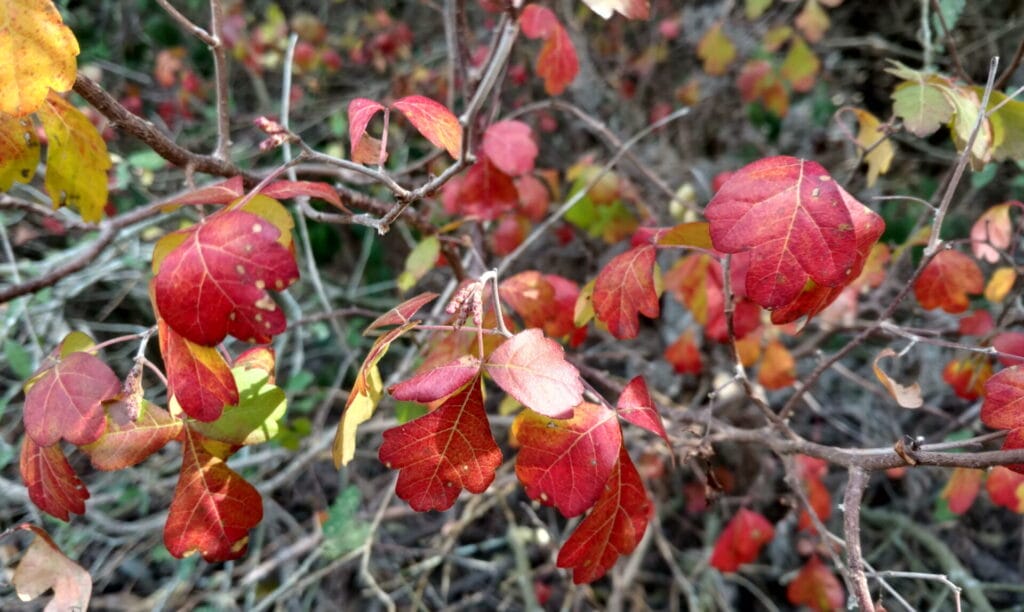
Care and Maintenance
- Pruning: It benefits from periodic pruning, especially to remove dead or damaged stems and maintain shape. Pruning in late winter or early spring is ideal.
- Pests/Diseases: Flameleaf sumac is generally resistant to pests and diseases. However, it can sometimes be affected by rusts or fungal infections if the environment is too damp.
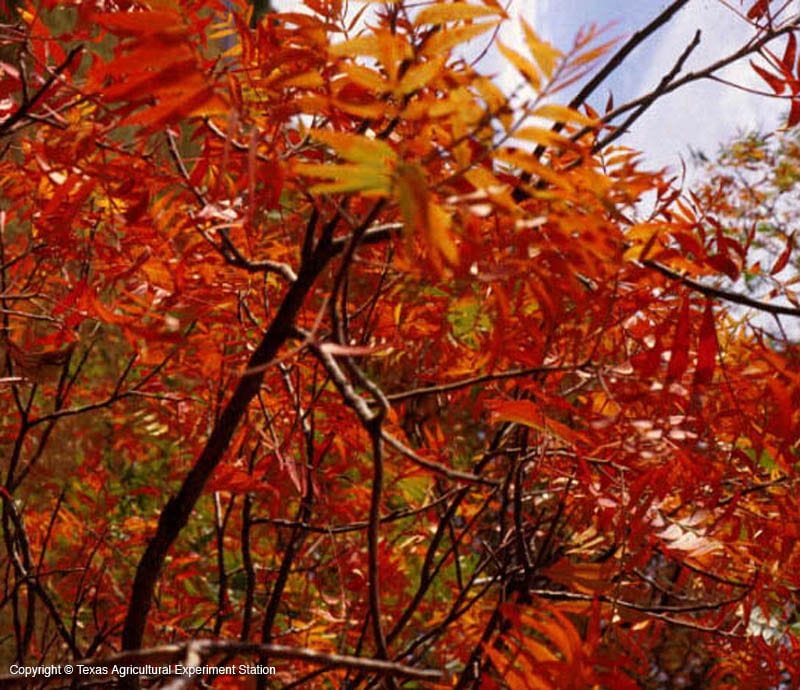
Additional Notes
- Flameleaf Sumac is hardy and adaptable, which makes it suitable for many different landscaping projects, but it is important to consider its spread if planting in confined spaces.
- While the plant is relatively pest-resistant, it’s a good idea to check for any early signs of diseases or invasive growth habits.
